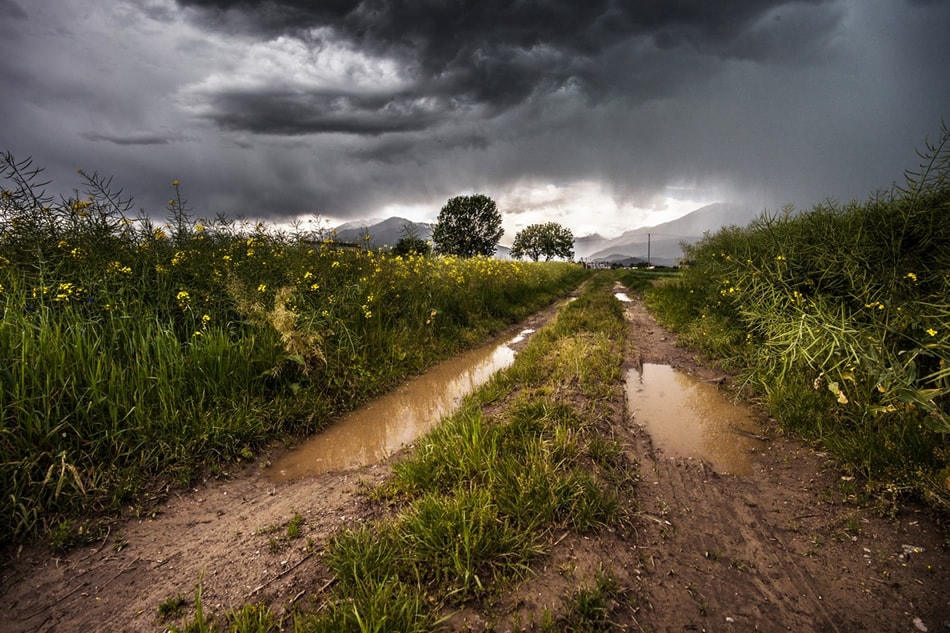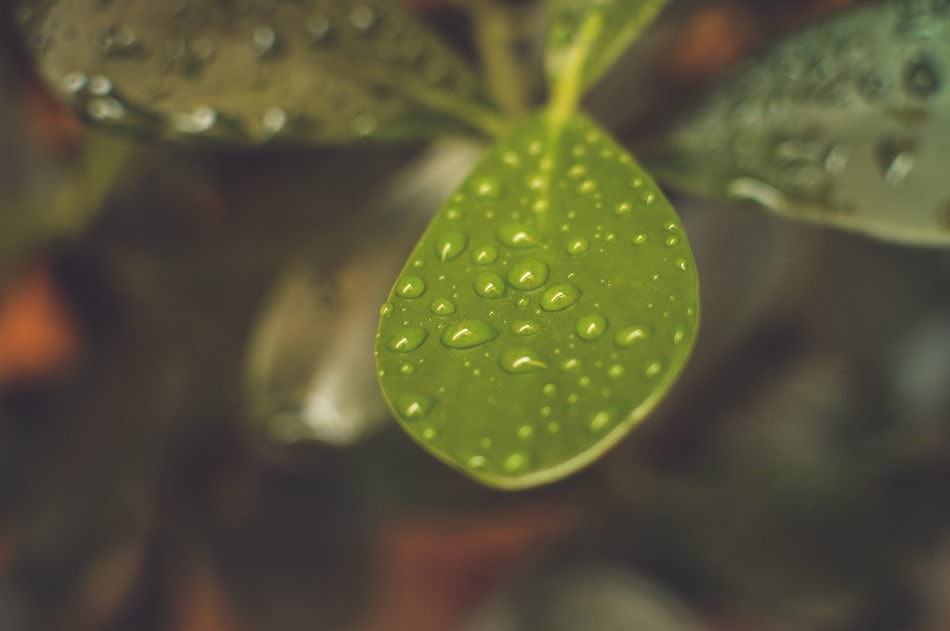What If It Rains? 5 Great Rainy Day Photography Tips
“What if it rains?” is a common concern for many photographers. But dismal days don’t have to stop you from capturing some amazing shots!
When it comes to photography, unexpected weather can throw a curve ball at even the most well-though-out photoshoot – but the good news is that far from ruining your shots, knowing how to work with the rain can bring out the best in your compositions, and help you to capture some amazing images. Since the clouds act like a giant light diffuser, the lighting that’s found during storms can often be ideal for photography. Plus, since the rain tends to create shiny surfaces with beautifully saturated colors, everything looks clean and new – making for some excellent photo opportunities.
If you’d like to be prepared in case of summer showers, and are looking for some ideas for working with – or in spite of the rain, here are some tips that will help you to take your rainy day images up a notch.
Tip #1: Be Prepared

When it comes to landscape photography, being prepared is half the journey – especially when it comes to inclement weather. If you’re planning to do some outdoor photography, makes sure you check the weather forecast so you can go prepared. If you notice some dark clouds starting to form, here are a few things you’ll want to bring along to help you in your quest for dramatic rainy day shots.
- A Tripod: Shooting during the rain makes for unique lighting conditions, in most cases – you probably won’t have much light to work with and you will be required to shoot with a slower shutter speed. This means that you’ll want a stable foundation to steady your camera to help the image to come out as clear as possible – so bring along your tripod if you can.
- Rain gear: Make sure you bring rain gear for you and your camera. Keeping dry is key to being able to stay out in the elements long enough to capture some great shots – and keeping your camera dry, of course, is also vitally important. If you plan to do regular rainy day photography, you may want to invest in a rain cover for your camera. You may also want to get ahold of some silicone gel sachets to throw into your bag to help absorb excess moisture when you’re out in the elements. Finally, having a few dry towels on hard to dry things off with can be a lifesaver.
Tip #2: Look for Opportunities

A rainy day can change the appearance of the landscape drastically – and you’ll want to take full advantage of this. If you’re doing landscape, or even nature, city, or macro photography – look for photo opportunities that are a little bit different than the standard compositions that you usually go for.
The rain can bring out some great opportunities for unique shots and can make for some dramatic images. Here are a few things to look for:
- Reflections or ripples in puddles
- Falling raindrops
- Beads of rain on plants or other surfaces
- Water flowing from rooftops, down windows, or out of gutters
- Forests in the rain, and waterfalls that are running fuller than usual
- Rainy days at the coast
- Candid shots of people trying to get out of the rain
- Dark storm clouds just before a storm
- Dramatic lighting during or after a storm
- Cityscapes transformed by the rain
- Opportunities for abstract images
Tip #3: Adjust Your Camera Settings

Keep in mind that many rainy days are darker than usual and you may want to adjust your settings accordingly for the best results. Of course, the optimal settings will depend on what you’re hoping to capture.
- Landscapes: While most landscape shots call for smaller apertures to capture a larger depth of field, when it’s raining – you may have to open up the aperture a bit, or use a faster shutter speed to let more light in.
- Macros: The rain can create great opportunities for macro photography. Capturing the beautiful, shiny surface of leaves or beads of water clinging to plant life can make for some excellent close-up images. Green, shiny leaves make a great background!
- Nature Photography: If you’re able to – try to photograph a waterfall after the rain. Heavy rainfall will often cause the waterfall to be running fuller than normal, and all of the silt and sediment may cause the water to have an orange tint to it. Using a slow shutter speed – and a polarizing filter can help you to use longer exposures to blur the movement of the water, allowing you to capture silky smooth waterfalls.
- Falling Raindrops: When photographing raindrops, you’ll want to use a fast shutter speed to “freeze the action” and capture the raindrops in action. Something around 1/1000 or above should work well. Keep in mind that using a slower shutter speed will usually make the drops disappear. If you’re hoping to freeze raindrops, finding a suitable background is important. Whether you use a street lamp or some other light source, it’s important to find some light to use in the background will help the drops to show up clearly. Make sure you shoot into the light, but not directly head on, or else the light will cause the shot to be overexposed. Adjusting your angle so you’re shooting with the light just to the side is usually best. In some cases, a low powered flash can help to add a touch of glimmer to the raindrops.
Tip #4: Look for the Light

Looking for opportunities to capture amazing light can help to transform your images into beautiful works of art. Some rainy days present beautiful breaks in the clouds, where the light streams through – and can result in some great photo opportunities.
Tip #5: Wait Until After the Storm

Finally, one of the best aspects of a rainstorm is the beautiful and dramatic lighting that often follows the rain. Don’t head home just after the storm; instead wait for that break in the clouds that can result in exciting light shows, or often – rainbows.
Just because it’s raining, doesn’t mean that you have to miss out. While many people hide inside when it rains, you have the opportunity to capture unique images that are a bit different from the standard “fair weather” shots. As long as your camera is covered, then a little rain won’t hurt you. While it may take some practice to get used to capturing great shots in the rain, rainy days can result in some amazing photo opportunities – and who knows? You might end up capturing some of your all-time favorite images in the rain. You’ll never know unless you try!
Do you enjoy rainy day photography? Please share your own tips & tricks on Twitter or Facebook!
